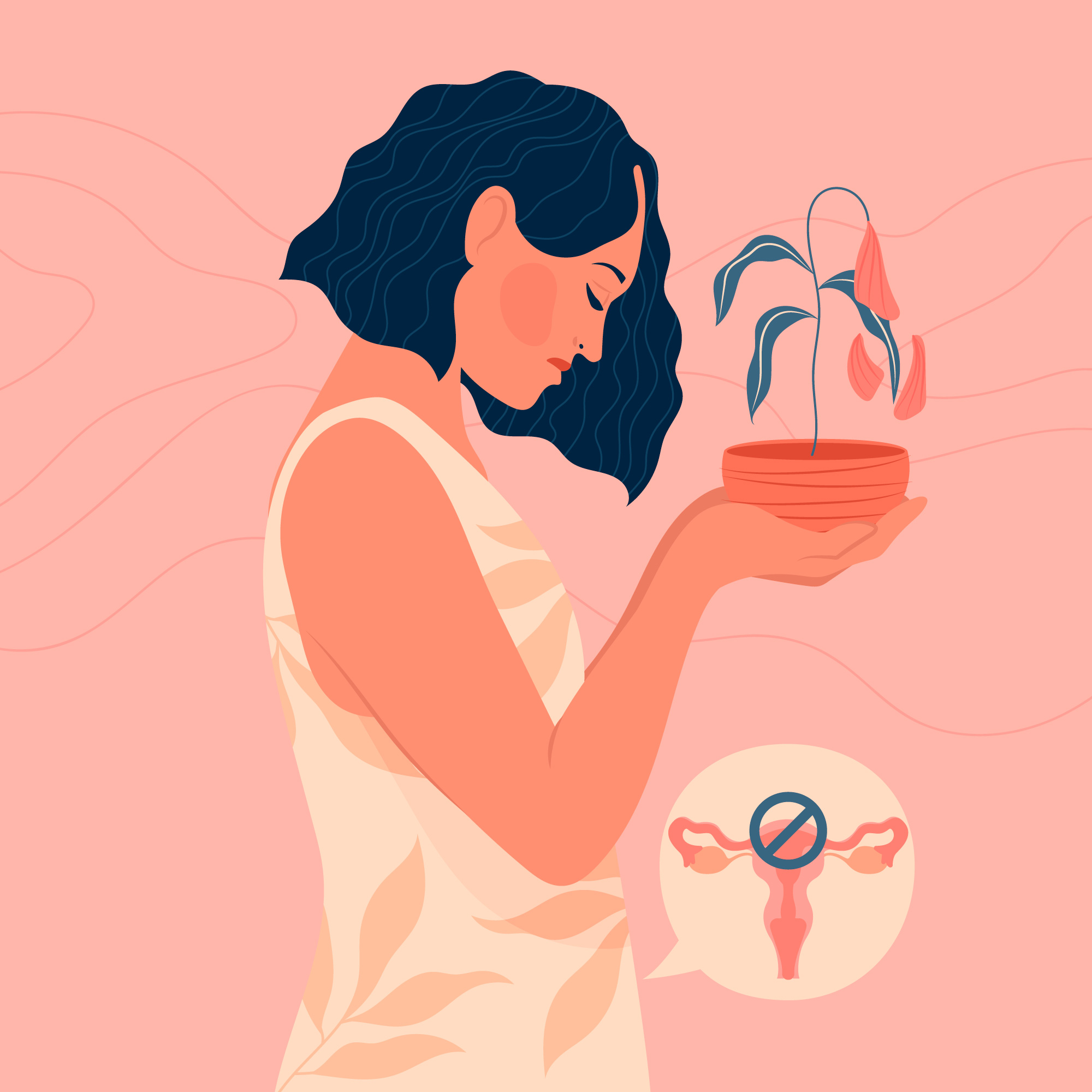Balancing Psoriatic Arthritis: The Healing Touch of Acupuncture in India
Introduction:
Psoriatic arthritis (PsA) can be a relentless companion, inflicting pain, stiffness, swelling, and various discomforts. Yet, a ray of hope emerges from an ancient healing art – acupuncture, a traditional Chinese medicine (TCM) hallmark. This practice involves delicately inserting slender needles into specific points on the body to alleviate pain and inflammation and enhance overall well-being.
Acupuncture’s Triumph Over Psoriatic Arthritis:
Remarkably, acupuncture has demonstrated its efficacy in reducing pain and inflammation for individuals grappling with PsA. Beyond this, it extends its healing touch to improve joint function and the quality of life.
Acupuncture for Psoriatic Arthritis in India:
In India, acupuncture has earned its stripes as a popular treatment for PsA. Its accessibility and relative affordability make it an attractive choice. However, a word of caution – acupuncture isn’t a silver bullet for PsA but complements other treatments, including medication and lifestyle adjustments.
Navigating the World of Acupuncture:
Before embarking on your acupuncture journey, it’s pivotal to secure the services of a qualified practitioner. When administered by a skilled professional, acupuncture is a safe procedure. Nevertheless, it carries some risks, such as bleeding, infection, and potential nerve damage.
How to Find a Competent Acupuncture Practitioner:
- Seek Medical Guidance: Consult your doctor or rheumatologist, who can offer valuable referrals.
- Certification Matters: Opt for a practitioner certified by esteemed professional organizations, like the National Certification Commission for Acupuncture and Oriental Medicine (NCCAOM).
- Experience Counts: Inquire about the practitioner’s experience dealing with PsA cases to ensure you’re in capable hands.
The Acupuncture Experience:
During an acupuncture session, the practitioner gently inserts fine needles into specific points on your body, typically just beneath the skin’s surface. Upon needle insertion, you might feel a slight, momentary prick, but the overall process is painless.
The needles typically rest in place for 20-30 minutes, allowing you to relax or meditate. Following the session, the practitioner will gently remove the hands. The frequency of acupuncture treatments varies, tailored to your unique needs. Some find relief with weekly sessions, while others may only require treatment once a month or less.
In Closing, Acupuncture is a safe and effective adjunctive treatment option for Psoriatic Arthritis. For those contemplating this path, the crucial first step is to seek out a qualified practitioner. In the delicate dance of healing, let acupuncture’s ancient wisdom guide you towards relief and well-being.
Disclaimer: The information provided here is for educational purposes only. Consult a qualified healthcare professional for personalized medical advice.
For More Information, Click here


